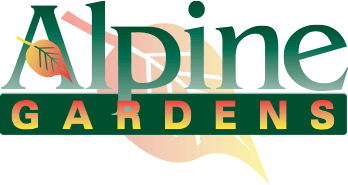When it comes to grass, it may seem like there are only a couple types. However, there are over 12,000 grass species! Each grass type is suited better for different environments. They can be categorized into seasonal grasses by whether they do better in warm or cool seasons.
Cool season grasses tend to do best in cold winters and warm to hot summers. They need regular recesses of rainfall throughout the summer but can tolerate some long periods of dryness by going dormant. Some of these cool season grasses include Bent grass, Kentucky Bluegrass, Rough Bluegrass, Red Fescue, Annual Ryegrass, and Perennial Ryegrass.
The most popular cool season grasses used are Kentucky Bluegrass and Creeping Red Fescue. Kentucky Bluegrass is considered one of the most beautiful grasses for lawns. It has a soft texture for walking through barefoot and holds up well to foot traffic. However, this grass doesn’t do well in shade for long periods of time and it has no drought tolerance. Creeping Red Fescue has some shade tolerance, their seeds germinate quickly, and they are one of the most cold-tolerant lawn grasses. A few downsides are that they are intolerant of foot traffic and is prone to developing thatch, a layer of mainly dead turfgrass between the green vegetation and root system/soil below.
Warm season grasses are used to steady warm to cool weather year-round with hot summers and frequent rainfall. In the United States, they can be found more in Southern states and regions. Some of these warm season grasses include Bahia, Bermuda grass, Buffalo grass, Carpet grass, Centipede, St. Augustine grass, and Zoysia grass.
The most popular grasses used for warm weather environments are Buffalograss and Blue Grama. Buffalograss is known as a drought resistance grass with low fertility requirements. It also has few insect problems. Disadvantages would be it can be expensive compared to other grasses, it prefers drier climates, and has a short growing season in the northern ranges. Blue Grama grass has great drought and cold hardiness. It also conserves water well due to its shorter growing season. Negatives would be it’s not great for entire yards and doesn’t do well with foot traffic.
If you want to learn more about grass and what species would work best for your lawn or property, call Alpine Gardens at 970-226-2296 today!

